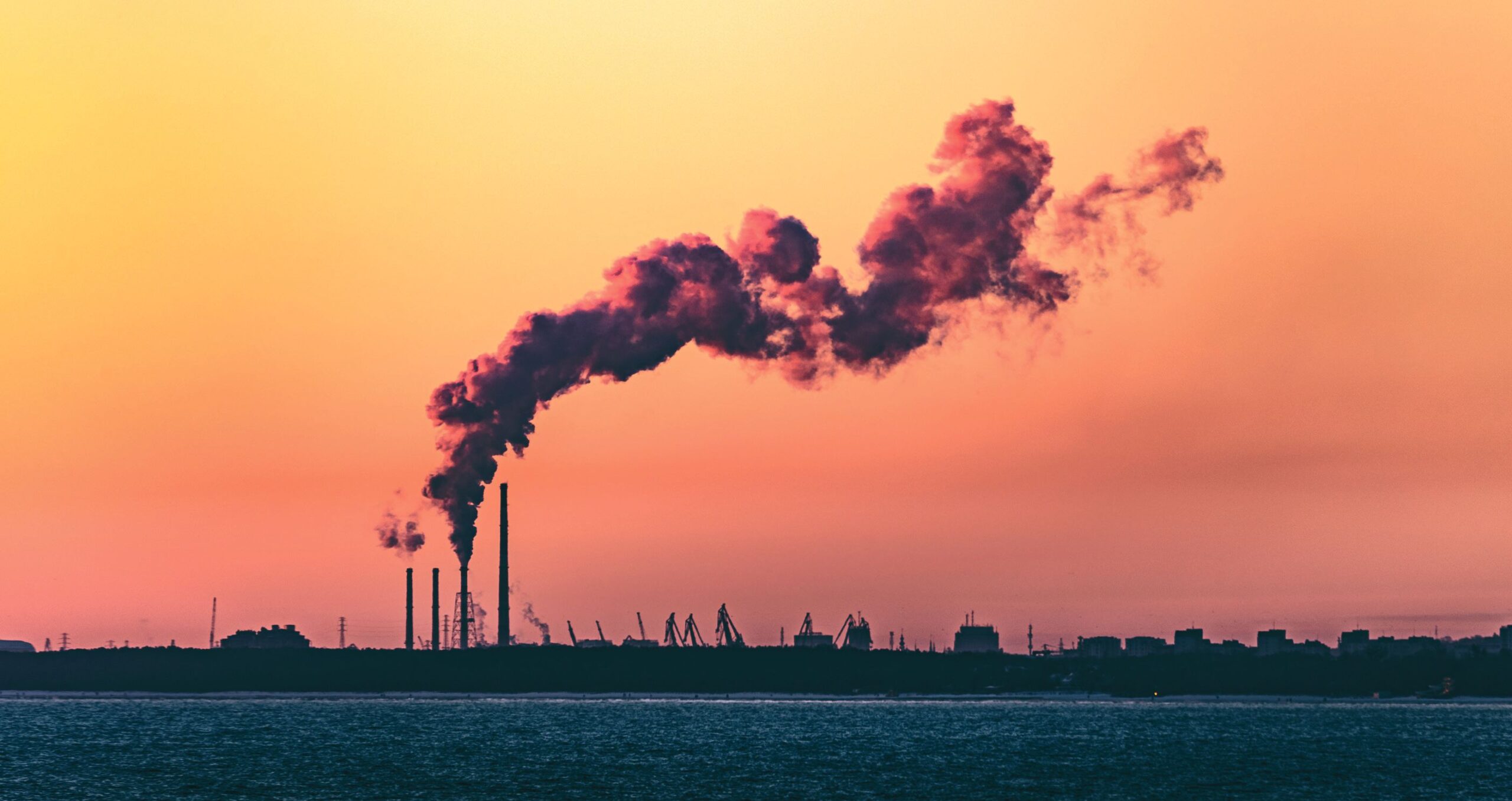Cruel nature or ungrateful children?
Extract from the magazine AIMAN – MANUTENZIONE & ASSET MANAGEMENT, MARCH 2024

Exploring the role of man in nature’s domestication and environmental challenges, we analyze how climate change, influenced by various dynamic factors, and technological advancement, with its complex models and state-of-the-art supercomputers, condition our lives and choices, emphasizing the importance of understanding and facing the challenges of the near future.
Our terrestrial globe, which in reality contains more water than earth, represents the physical space in which “nature” expresses itself according to its chemical/physical rules, which at the moment are only partially understood by us humans. It is the ensemble of so-called “kingdoms”, among which the mineral/inorganic one dominates, an essential substrate for vegetable and animal life, whose borders differentiating them have been revealed to be less clear-cut than we had assumed, as time went on (and scientific research evolved). A silent virus can present itself as a crystal, but then turn into something capable of replicating itself at incredible rates, like a “living” being. Some fish or amphibians burrow into the mud during periods of drought, becoming fossilized, like a freeze-dried species. But as soon as the rain soaks up the ground, these inanimate creatures come back to life, starting to swim again as if nothing happened! Such extreme forms of adaptation are reserved to species which we consider to be not too evolved in the “hierarchical scale”. We humans have lost much of our adaptability compared to the original primates from which we evolved. Faced with the radical transformations of the habitats that we have lived in throughout the millennia of our history, we chose to migrate, moving first as small clans to more welcoming or hospitable places, then with the displacement of entire populations when faced with wide-scale climate catastrophes. To leave is to die a little, says the proverb, but it is also true that sometimes it is impossible to remain in a land devastated by famine. This is the summary of a story of over 20,000 years, in which men and women physically identical to us (apart from beard, hair and various ornaments) have had little influence on global geo-morphological transformations. The climate, from which water was derived for irrigation, conditioned by a star, the Sun, with its heat, was a powerful deity that expressed itself with unpredictable moods.
It was harsh and people had to grin and bear it, trying to adapt and make the best of it. The forest advanced toward the savannah (or vice versa) and its ability to endure extreme situations was partially guaranteed. A great vegetal driving force, connected to the vastness of the ancestral forests, could mitigate certain intemperances of the moody divinity!
The original sin
Who accuses women of the ancestral misdeed is of course the priest, a man, who has found justifications to the nefarious consequences of the loss of freedom from our origins, when a hunter who was “only” engaged in procuring meat became a slave of seasonal cycles to follow the germination of edible plants. In this historical phase a “perverse” mechanism of enslavement to the earth was triggered, but it was also indispensable for the cultural development of our species, through the domestication of “mother nature”, which gives us her gifts in the form of fruits, animals, food in general, to nourish our body as well as our mind.

We know that, as a result of subtle oscillations in the Earth’s axis of rotation and the occasional associated solar storms, the climate can drastically change. The thin “film” of breathable air that surrounds us, not stretching higher than 8-9 Km – called atmosphere – is a large cauldron in which phenomena related to continental-sized turbulences occur. But the different geographical areas have always had their own climatic peculiarities and indigenous life forms have adapted to local climate regimes. If we could hold a “climate popularity poll”, 90% of the participants would choose to live in a region with a temperate climate (evidenced by the choices made the past few years), and why not, even Mediterranean! And Italy would be at the top of the poll results. Moreover, the shores of the “mare nostrum” (“our sea”) have been the cradle of many civilizations, which from here have migrated towards lands with a more hostile climate.
Temperate climate (never too hot nor too cold, with pleasant intermediate seasons) is the result of a very fragile balance; largely influenced by sea currents (true climatic driving forces) with different salinity, along with the related air masses and other parameters we are still in the process of defining. Such variables can trigger disruptions that alter the overall environment in an important way, effectively nullifying the practical meanings of the many proverbs about “the weather”, a historical legacy of oral tradition with which the farmer or the fisherman of the past (often illiterate) faced their main tasks during the calendar year. Nowadays, we need complex models managed by the latest supercomputers, which, however, very often underestimate the extent of adverse phenomena that occur in our territory. Even the new generation of 4.0 farmers, with a master’s degree in land management disciplines, is taken by surprise by the recent air masses moving at over 100Km/h! Polycarbonate greenhouses crumble under the bombardment of hailstones with a diameter of over 3 cm. The whole world is wondering “where” the next catastrophic event will occur, not “if”, aware of the hostile trend triggered by a concomitance of events, among which the increase in CO2 concentration. We are increasingly realizing that the human dynamics from which border disputes arise, “skirmishes” that can eventually trigger actual wars, originate from the climate that is conditioning our daily lives in a deeper way.
Article by: Giuseppe Adriani
Member of the Board of Directors and regional coordinator of A.I.MAN. Toscana
[ITALIAN ONLY] LA VOCE DEL CTS_MARZO 2024
